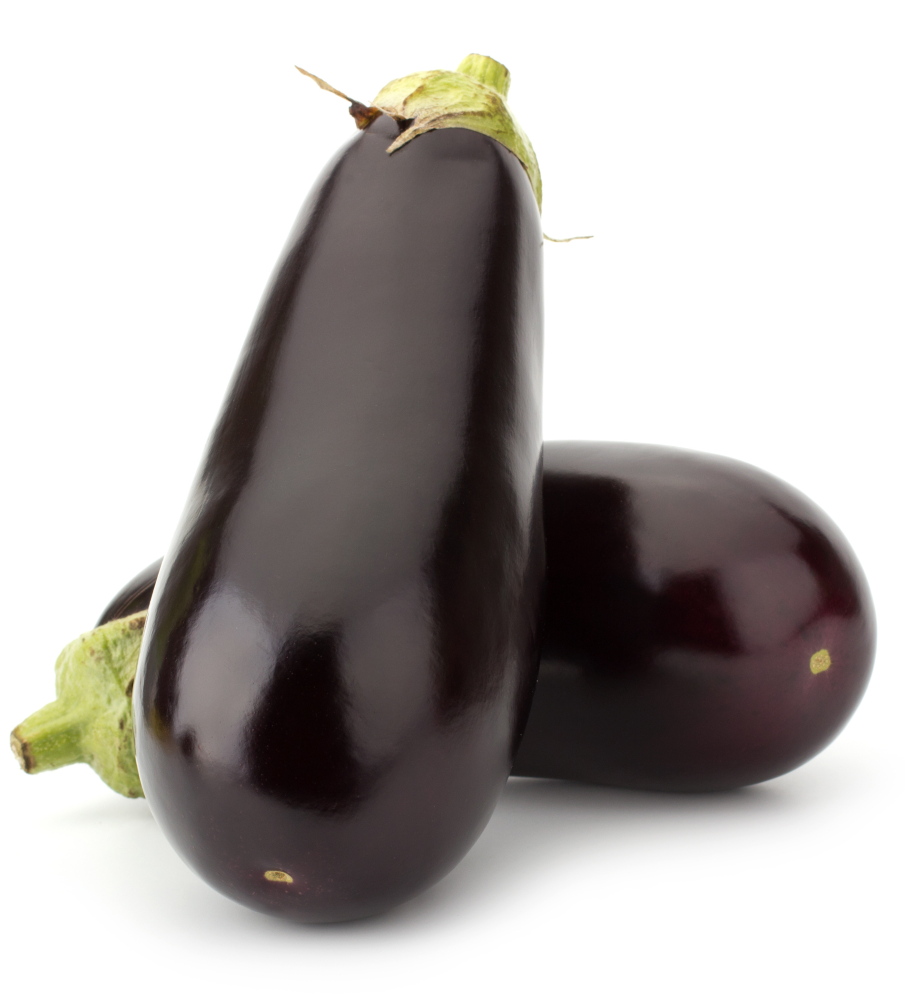This meal is dairy-free, gluten-free, meat-free, and, well, if it gets much more free, we won’t have a meal. With all of the food choices that we, as Americans, have at our disposal, it is astonishing how many of those foods cause internal, digestive upsets in one way or another, for different individuals, at different times and in different ways.
As anyone who cooks for crowds of people for any length of time knows, the allergies are getting weirder, wider-spread and harder to accommodate.
I don’t mean that it’s harder to accommodate a vegetarian who joins your family for dinner. No big deal to make a vegetarian dish like those I give recipes for this week or to simply add another vegetable or two to a meat-focused meal.
No, what I’m talking about is when you find yourself cooking for folks who are made merely uncomfortable or even very sick by a range of different foods that might be staples in your household, for example flour, eggs, butter or milk. All are potential allergens for different people.
“What?” say the farm cooks of years ago. “Unheard of!” As someone who does cook for crowds of people all the time, my unscientific guess (but based on lots of anecdotal evidence) is that these allergies can be blamed on changes in the ways we grow and produce food, as well as increasing knowledge about how food affects our bodies.
We’ve also become better at identifying which foods are causing which problems for individuals. And while so many allergies may seem like a new phenomena, it could be, in part, that we only now that have a name for these. In other words, cooks, doctors, allergists and nutritionists understand food allergies more than they used to.
But understanding does nothing to help the poor cook trying to accommodate these restricted eaters. Avoiding ingredients for one allergy is doable, but add a few more, and the choices become much more limited.
In these cases, I find that the easiest thing to cook is the sort of ethnic foods that allow your guests to build their own meals. Such a meal could begin, for instance, with a base of rice and beans to which tortillas, cheese, chicken and peppers could be added.
Diners can then sort through what they are able and what they like to eat, without restricting the meals of other guests. Thai, Chinese and Indian meals (I offer Indian recipes here) can all work the same way.
Anne Mahle of Rockland is the author of “At Home, At Sea.” She can be reached at:
chefannie@mainewindjammer.com
Indian Eggplant
Serve with chutney, rice, naan, Cardamom-and-Cumin Lentils and Cilantro-Lime Yogurt.
Serves 4 to 6
2 medium eggplants (about 21/2 pounds total)
5 tablespoons extra-virgin olive oil
Kosher salt (about 1 teaspoon)
1 yellow pepper, cored, seeded and cut into 3/4-inch pieces
1 jalapeño pepper, cored, seeded and minced
1 cup diced onions
2 teaspoons ground coriander
2 teaspoons ground cumin
1 teaspoon ground turmeric
1 tablespoon minced garlic
1 tablespoon grated ginger
2 cups diced fresh tomatoes or 1 (16-ounce) can diced tomatoes
1/3 cup cilantro leaves
Cut the stem and ends off each eggplant and discard. Dice the eggplants into 2-inch pieces.
Heat a large skillet over medium-high heat. Add 2 tablespoons oil to the skillet. Once it shimmers, carefully add half of the diced eggplant and salt to taste. When the eggplant has developed a nicely browned crust on most of the pieces but is still firm, remove from the skillet and set aside. Repeat with 2 more tablespoons oil, the rest of the eggplant and more salt. When the second batch of eggplant is done, remove it.
Add the remaining 1 tablespoon oil to the empty skillet. Once it’s hot, add the sweet and hot peppers and the onions. Sprinkle with the spices, more salt, the garlic and ginger and sauté until the onions are soft and translucent.
Add the tomatoes and cilantro and then return the eggplant to the pan. Mix well and check for salt. Serve.
Cardamom-and Cumin Lentils
I often use green lentils (also called French or Puy lentils) because I like how they retain their shape. They do cost more than ordinary brown lentil, though, which will also work. If you are not feeding vegetarians, you can use low-sodium chicken broth in place of the vegetable broth.
Serves 4 to 6
1 tablespoon extra-virgin olive oil
1/2 cup diced carrots
1/2 cup diced onions
1/2 teaspoon kosher salt
1/2 teaspoon ground cumin
1/2 teaspoon ground cardamom
1/2 teaspoon ground turmeric
11/2 cups green lentils
21/2 cups vegetable broth
Heat a medium sauce pan over medium-high heat. Add the oil and then the carrots, onions, salt and spices. Sauté until the vegetables are soft and translucent.
Add the lentils and broth and bring to a boil. Reduce to a simmer and cook until the lentils are soft but not mushy, 20 to 30 minutes.
Cilantro-Lime Yogurt
The flavored yogurt can be made up to 2 days ahead, but don’t add the cilantro until you are ready to serve the sauce.
Makes 1 cup
1 cup whole-fat yogurt
3 tablespoons chopped cilantro
1 teaspoon lime juice
1/4 teaspoon minced garlic
Pinch salt
Combine all ingredients in a small bowl.
Send questions/comments to the editors.


